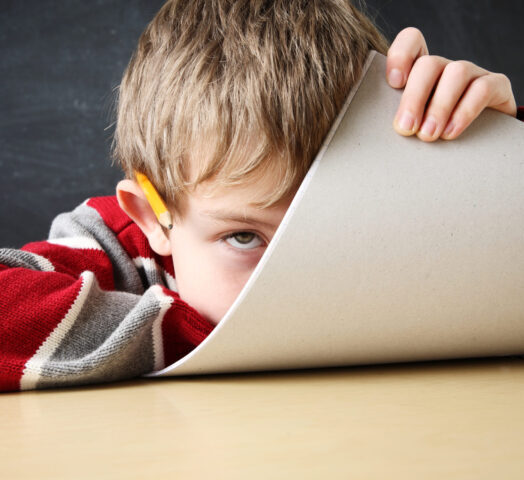It can be hard to keep the attention of young children. Here are some suggestions to keep children engaged.
Plan for variety in activities.
- Do you offer only activities that are highly structured and teacher directed? Does an adult always think up the activities? If so, children may lose interest and become distracted. Build in activities that grow from the children’s interests.
- Do you ask children to do the activities at the same time and in the same way? Be sure activities are appropriate for the children’s ages and abilities. Allow more choices. Limit the amount of time you expect all children to do activities in a large group.
- Do children get enough time outdoors? Spending time in nature may help children focus in other settings as well.
Arrange the learning environment.
- Do you have interesting materials for the children to use? Brainstorm with them about the different kinds of materials they might use to explore art, literacy, building, and pretend and active play. Have enough materials on hand so that children don’t have to wait long for their turn.
- Do you rotate the most interesting items? You may want to keep some toys and books out of sight for a week or two and then bring them out again. Changing the items available for free play keeps children interested.
- Is your room well arranged? Create learning centers for writing, art, science, math, and dramatic play. Try to avoid creating distractions, such as reading stories next to where snacks are being prepared or doing an activity that requires concentration in an area (dramatic play) that encourages conversation.
- Do you prompt children to stay on task? Children will not always be able to do activities that are their first choice. A gentle reminder can help keep a child focused on the story you’re reading, on waiting his turn, or on the game you’re playing: “I know this book was not your first choice. I hope the next one will be. Please listen to this story now.” or “It’s Mahesh’s turn to talk right now. Your turn will be next.”
Avoid frequent and abrupt transitions.
- Does your program schedule break the day into many small blocks of time? Children can better focus on a story or on other activities when they have big blocks of time and don’t feel rushed.
- Do you often ask children to shift gears and make abrupt transitions? Frequent and abrupt transitions are a distraction for all of us! Let children know what to expect ahead of time. Give them jobs to do or songs to sing during transitions. These activities give them a focus and can help make transitions smoother.
IEL Resource
- Resource List: Attention and High Energy Young Children


 PDF
PDF